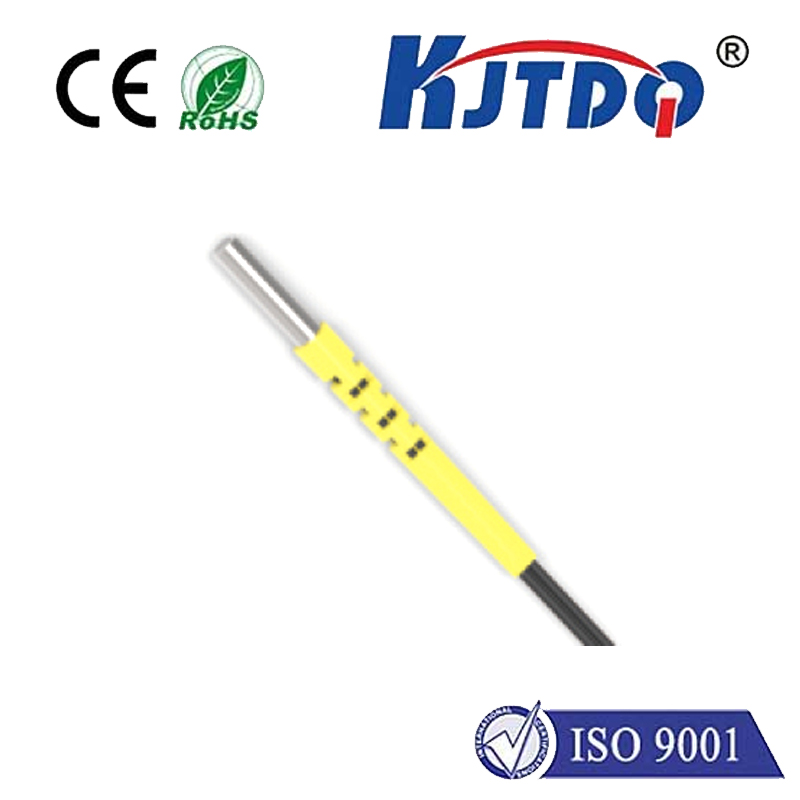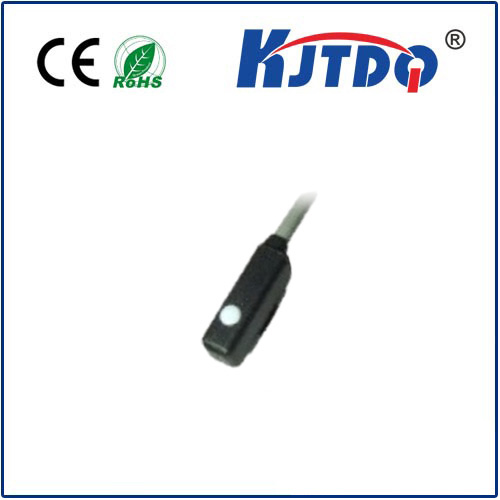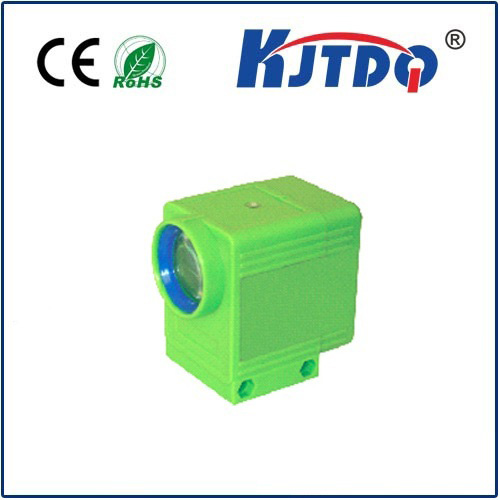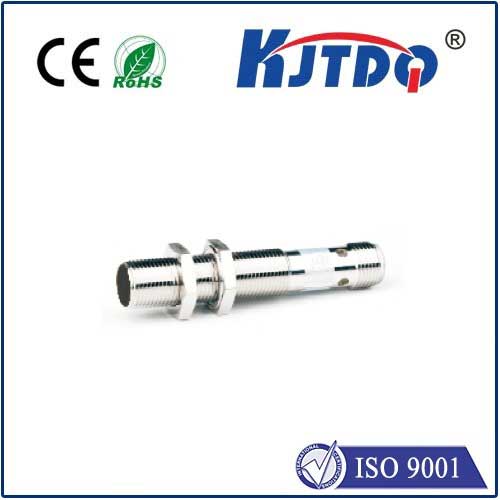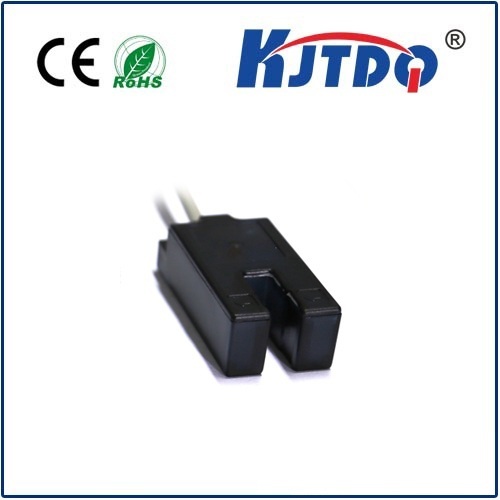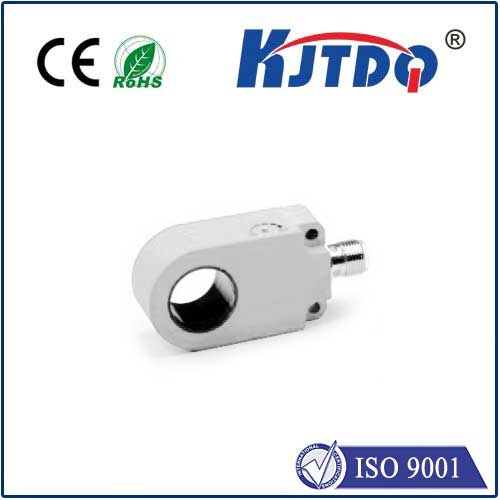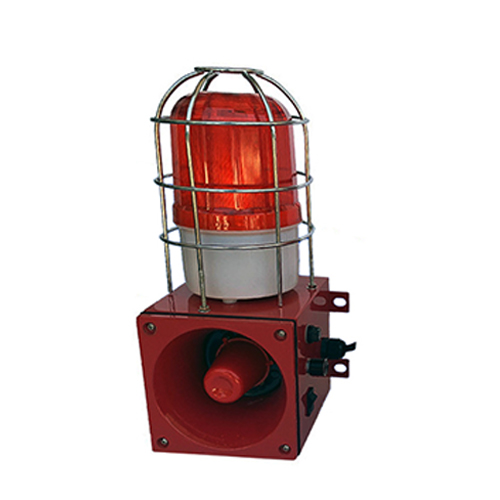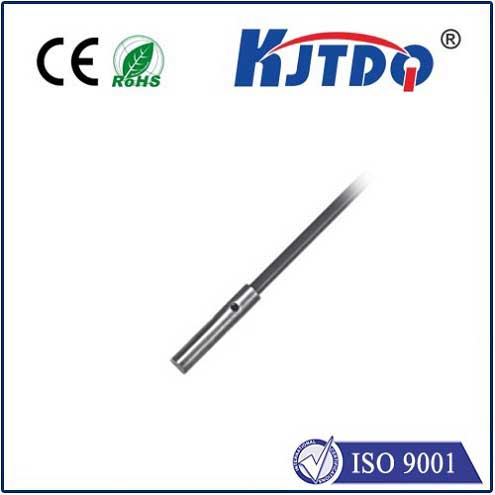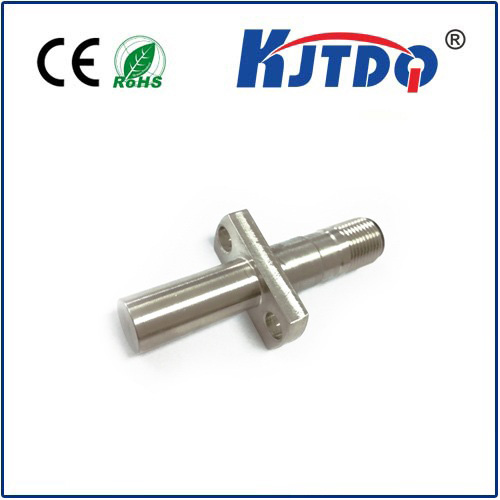BES0041 high pressure proximity sensor
- time:2025-09-30 17:58:33
- Click:0
BES0041 High Pressure Proximity Sensor: Your Lifeline in Demanding Industrial Pressure Points
Imagine a critical hydraulic cylinder deep within a steel mill press. Relentless pressure cycles exert immense force, temperatures fluctuate, and contamination is constant. The ability to reliably detect the cylinder’s position in these punishing conditions isn’t just convenient; it’s paramount for safety, efficiency, and preventing costly downtime. This is precisely the uncompromising environment where specialized sensors like the BES0041 High Pressure Proximity Sensor earn their reputation.
Designed to thrive where standard sensors falter, the BES0041 represents a dedicated solution for non-contact object detection in pressurized systems and enclosures. Unlike generic proximity sensors, its core engineering addresses the unique challenges posed by elevated operating pressures, potentially reaching several hundred bar, combined with vibrations, shock, and the harsh realities of industrial fluids.
Decoding the “High Pressure” Capability
The defining feature of the BES0041 is its ability to maintain structural integrity and sensing performance under sustained or dynamic high pressure. This isn’t merely about having a robust housing, though that’s crucial. It involves:

- Enhanced Sealing: Advanced sealing technologies are employed to prevent pressure ingress into the sensor’s internal electronics. This often involves specialized O-ring designs, potted electronics, or unique sealing methodologies capable of withstanding extreme pressure differentials. A breach here is a guaranteed failure point.
- Pressure-Resistant Housing: The housing itself, typically constructed from durable stainless steel (like AISI 303⁄304), is engineered to withstand deformation or rupture under high pressure loads. Thicker walls and specific geometries contribute to this resilience.
- Internal Component Protection: The delicate sensing elements and circuitry inside are meticulously protected. This might involve internal reinforcements or design features that ensure pressure does not cause internal movement or damage critical components. Think of it as a miniature pressure vessel protecting the sensor’s “brain.”
- Maintaining Sensing Distance: Crucially, a true high-pressure sensor like the BES0041 minimizes the impact of pressure on its nominal sensing distance. Changes in ambient pressure shouldn’t significantly alter the point at which it reliably detects a target.
Core Technology: Inductive Sensing
The BES0041 operates on the well-established inductive proximity principle. Its sensing face generates a high-frequency electromagnetic field. When a ferrous or non-ferrous metal target (depending on sensor variant) enters this field, eddy currents are induced within the target. This interaction causes a measurable change in the sensor’s internal oscillator circuit, triggering an electronic switching output (PNP or NPN transistor).
Key Advantages Driving Adoption
- Reliability Under Pressure: This is the primary reason for choosing the BES0041. Its ability to function accurately and consistently in environments where pressure would damage or disable standard sensors directly translates to reduced downtime and maintenance costs. It’s built to endure the extremes.
- Non-Contact Operation: As with all inductive sensors, wear and tear are minimized because there’s no physical contact required between the sensor and the target. This ensures a long operational lifespan, especially vital in hard-to-access pressurized zones.
- Fast Switching Response: Inductive sensors react incredibly quickly, enabling high-speed position monitoring and control within hydraulic or pneumatic systems, often essential for precise machine operation.
- Robust Construction: Beyond pressure resistance, the stainless-steel housing offers excellent resistance to corrosion, impact, and vibration – common companions in high-pressure industrial settings.
- Hermetic Sealing: Essential not only for pressure but also for preventing ingress of coolants, lubricants, hydraulic fluids, and other contaminants prevalent in machinery.
Where Does the BES0041 Shine? Critical Application Areas
Its unique capabilities make the BES0041 indispensable across multiple demanding sectors:
- Hydraulic Systems: Detection of piston position within cylinders, valve spool monitoring, end-of-stroke verification on hydraulic actuators, pump control feedback – anywhere high-pressure hydraulic fluid is present.
- Pneumatics (High-Pressure): Position sensing in high-pressure pneumatic cylinders or valves, particularly in applications demanding higher force output.
- Die Casting Machines: Monitoring mold movements, core pulls, and ejector mechanisms within the intense pressure and temperature environment of die casting.
- Presses & Stamping: Detecting die position, ram position, and safety interlocks in presses operating under high tonnage pressures.
- Oil & Gas / Petrochemical: Position sensing on valves, actuators, and other critical components within pressurized pipelines, refining equipment, and offshore platforms.
- Test Benches & Pressure Vessels: Monitoring component position or status inside pressurized test chambers or vessels.
- Heavy Machinery: Robust position feedback in excavator arms, loader hydraulics, and other high-force systems.
Optimizing Installation and Performance
To fully leverage the BES0041’s capabilities, consider these best practices:
- Pressure Rating: Always verify the sensor’s specific pressure rating (e.g., 400 bar) against the maximum operating pressure of your application. Never exceed this rating.
- Mounting: Ensure a secure, flush (or slightly recessed) mounting into a machined bore designed for the sensor. Proper mounting provides mechanical stability and protects the sensing face. Adhere strictly to the manufacturer’s specifications regarding counterbores and minimum distances.
- Target Material & Size: Use the correct target material (steel, aluminium, brass, etc.) and ensure it meets the minimum target size requirements for reliable switching at the specified sensing distance. Typically, mild steel offers the longest sensing range.
- Electrical Connection: Connect according to the specified circuit diagram (usually PNP NO/NC or NPN NO/NC) and ensure correct polarity. Protect the cable (connector models are also common for BES sensors) from abrasion, crushing, and excessive strain.
- Environment: While designed for harshness, consider additional protection (conduits, cable guides) against extreme abrasion, corrosive chemicals beyond hydraulic fluid, or extremely high temperatures beyond its specified range. Confirm its temperature rating.
The Inductive Workhorse Meets Extreme Pressure
The BES0041 High Pressure Proximity Sensor is more than just another component; it’s engineered resilience for mission-critical positions. By mastering the challenges of sustained high pressure through superior sealing, robust construction, and reliable inductive sensing, it delivers consistent, non-contact detection where others fail. Whether ensuring a hydraulic press cycles accurately, confirming valve position on an oil rig, or enabling safe mold operation in die casting, the BES0041 stands as a vital component in modern industry’s demanding landscape. Its presence translates directly to operational stability, predictive maintenance capabilities, and the assurance that critical position feedback won’t be compromised by the immense pressures surrounding it. Selecting the right sensor, like the BES0041, for these environments isn’t just a technical decision; it’s an investment in uptime, safety, and peak operational efficiency.






